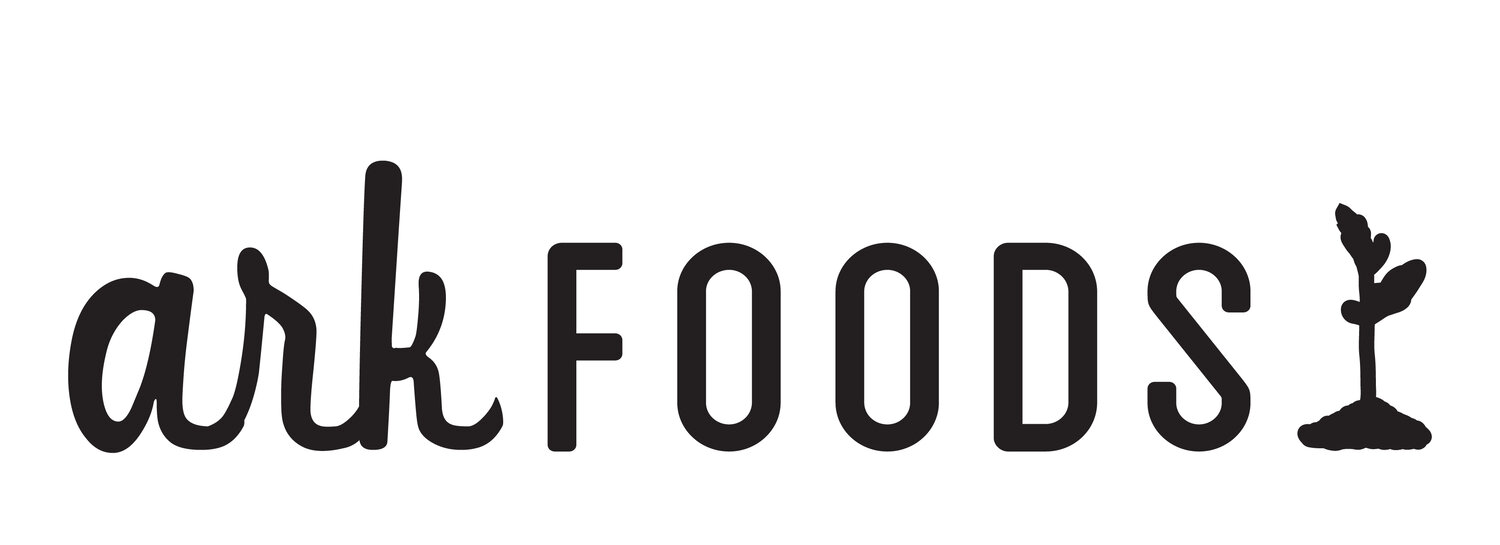Your Guide to Urban Foraging
We spoke with urban foraging expert “Wildman” Steve Brill to get you out into the field with the basics you need.
Ark Foods: How does urban foraging differ from traditional foraging?
Steve Brill: We’re looking for plants from around the world, including invasive species. Traditional foraging focuses on native, non-invasive species.
AF: What are some foraging finds that people might be surprised to find in their own cities?
SB: Wild raspberries and blackberries, mulberries, wood- and sheep sorrel, chicken mushrooms, giant puffballs, and dozens more.
AF: Is there a peak season for foraging? Do you have a personal favorite based on what you might discover?
SB: Cold-resistant plants and roots peak in early spring and fall, while warm-weather plants peak in mid-spring. You’ll find fruits and berries from late spring to fall, and nuts and mushrooms in the fall. I like fall the best because of the mushrooms, and relief from the summer heat.
AF: What has been your proudest foraging find?
SB: The first time I found ramps in Queens, near where I lived, in Cunningham Park.
AF: Are there any must-have tools for a first-time forager to bring on their outing?
SB: Visit the tour sign-up page on my website to see what you’ll need for our foraging tours.
Learn more about “Wildman” Steve Brill and sign up for your very own urban foraging tour to explore your edible surroundings.


